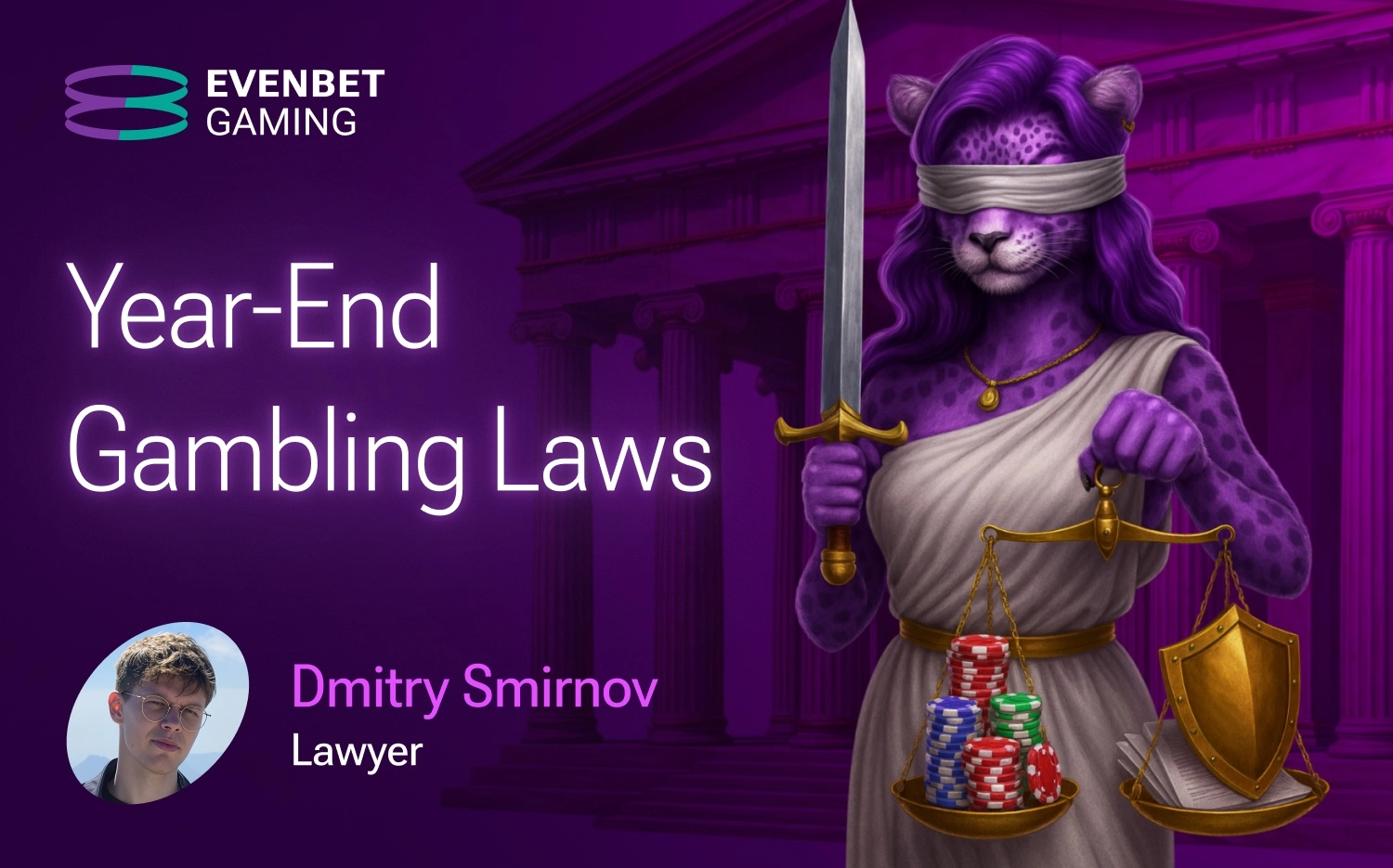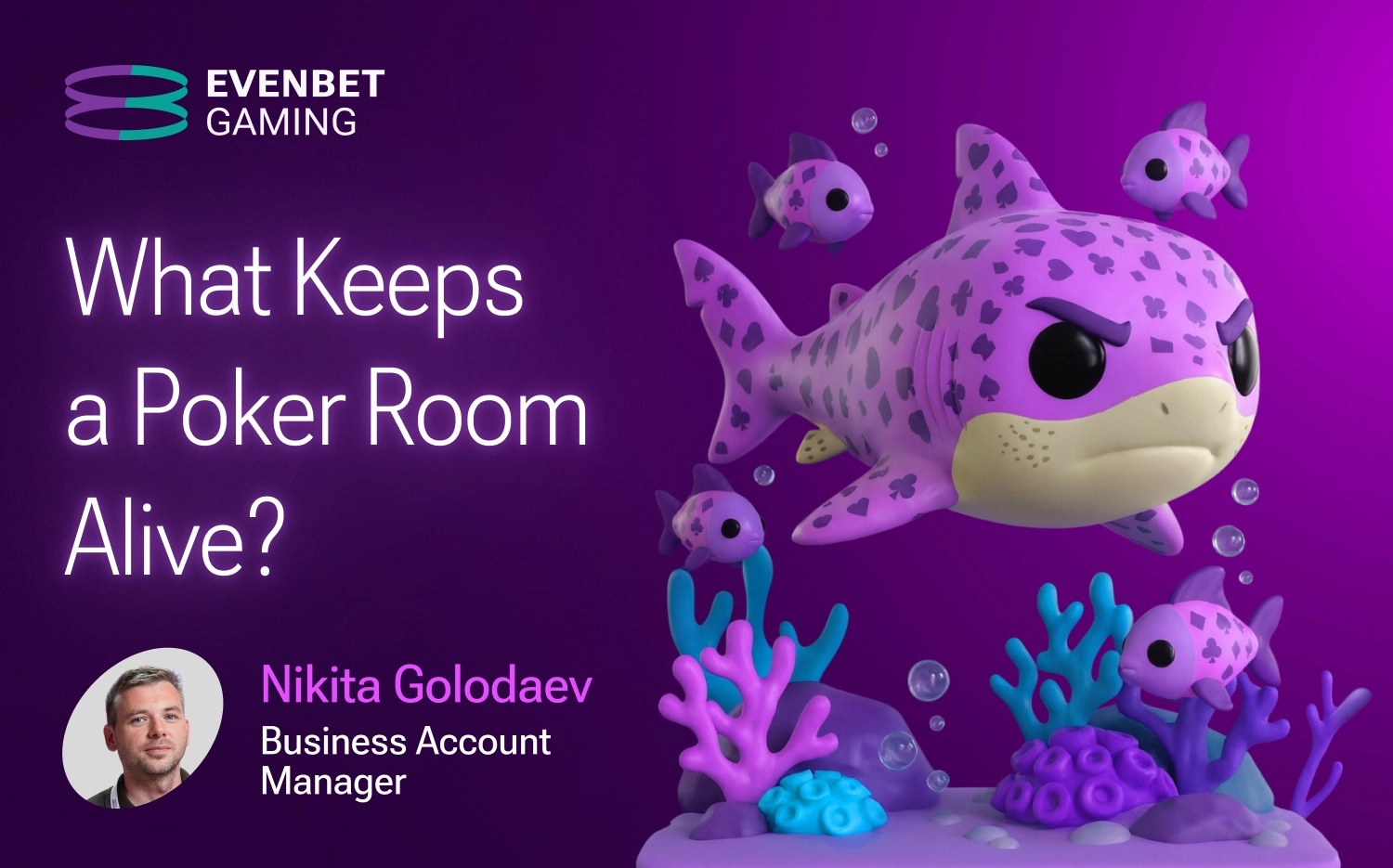It has been 20 years since we first embarked on our journey into online poker software development. Back then, the iGaming industry was still in its infancy, and in this article, I want to share how we grew and evolved alongside it.
The Origins of EvenBet
Looking back, I realise that everything in my life seemed to be steering me in a completely different direction. As a teenager, I was convinced I would pursue a career in chemistry or scientific research. I attended a school with an advanced chemistry programme, and everything was set for me to enter university and study chemistry. But just as I was about to take that step, I had a sudden change of heart. At the very last moment, I switched my path and applied to study software engineering instead.
This was the early ’90s — a time when IT was nowhere near as trendy as it is today. Back then, many people had never even seen a computer. But in that pivotal moment, I realised that technology was where I truly wanted to be.
After graduating from university, I landed a job as a programmer at a large holding company with a diverse range of businesses. The salary was great, and my career progression was rapid — I quickly moved up the ranks to become the IT Director. But despite my success, my heart wasn’t in it.
At that job, I met like-minded programmers who, just like me, dreamed of building something of their own. We started taking on freelance software development projects, and in 2001, we founded our own company. Our portfolio was incredibly diverse: we developed HR management systems, vehicle diagnostics tools, and even CRM software. We also ventured into game development, creating our own version of the classic Battleship game.
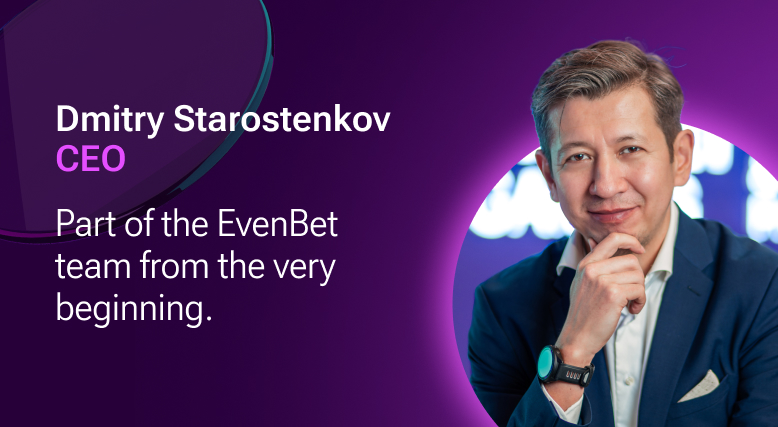
Business was steady, and our reputation grew quickly. Soon, we were working with major customers whose logos were prestigious enough to be showcased on our homepage. Some of these names you’d instantly recognise — companies like Siemens and BASF. The business was lucrative, and we felt unstoppable, convinced we were on the path to the pinnacle of the IT industry.
Chasing Innovation
From time to time, we were approached by visionary entrepreneurs — people who had spotted an emerging trend and were eager to jump in and dominate the market. These investors were willing to bet on ideas with the potential to take off, and we loved working with them. Every new project allowed us to gain experience in different fields, pushing the boundaries of our expertise.
Of course, we were inspired by the success stories of industry giants like Microsoft and Apple. We, too, dreamed of creating something groundbreaking — something that could change the world.
When instant messaging was booming, we built a messenger. When standalone blogs were trending, we developed a platform for launching portals, forums, and blogs. As social media took off, we pivoted to creating tools for social networks — widget builders, e-learning apps for Facebook, and more. It’s probably easier to list the industries we didn’t work in than to count all those we did.
Working on these projects fuelled our passion for innovation. We were always drawn to the cutting edge of technology, eager to explore whatever was shaping the future of IT. This passion has stayed with us throughout our journey — and it still drives us today.
By the way, the experience we gained from developing a messenger later became the foundation for the chat feature in our poker software.
The First Poker Product
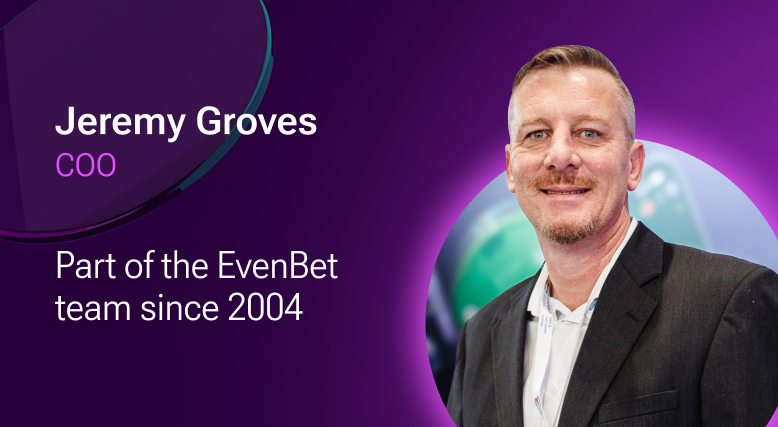
Here’s how our current COO, Jeremy Groves, recalls the moment:
My journey with the company began in 2004. At that point in my career, I was working in the payroll services industry, and I was introduced to Dmitry through a mutual contact at an accounting firm. This firm was assisting his company in setting up an office in the United States, and since I had a background in business, marketing, and B2B sales, I was suggested as a potential fit for their expansion.
Stepping into the world of software development was an entirely new experience for me. At that time, the company was solely focused on custom software development, with no predefined products or established customer base in the US. It was an exciting yet challenging period — there were no mobile apps, no structured lead generation strategies. My first task was to figure out how to create business opportunities. I started by identifying potential software companies online and cold-calling them, looking for projects they might want to outsource.
Our initial business growth also came through platforms like Rent A Coder and Elance, where developers could bid on projects. It was through one such engagement that we landed our first poker-related project. An Israeli customer was looking to develop an online poker platform. This project marked the beginning of our journey into the online poker industry.
At the time, we had no intention of making poker our core product. We didn’t see it as the breakthrough it would eventually become — it was just another project among many. Our thought process was simple: “Poker? That sounds fun. Let’s do it.”
We had no doubts about our ability to deliver. Even back then, our CTO, Alexander Tamplon, refused to compromise when it came to hiring technical talent. As a result, we had an outstanding team of engineers, all with strong academic backgrounds. Among them were winners of international programming competitions — true experts who understood software development down to the finest detail.
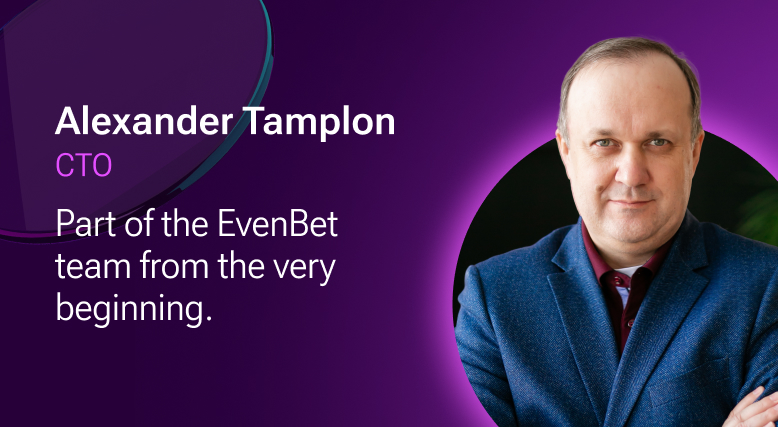
So, we had the skills, and we had the ambition. But what we lacked at that stage was business experience — and as we would soon learn, that is often the deciding factor.
Our Business Development Director, Dmitry Ushakov, remembers those early days well:
The programmers assumed that building a simple card game would be easy and confidently said they’d finish the poker platform in a week. Two days in, they realised they’d miscalculated and asked for two weeks. By the end of the first week, they admitted they’d need a month. In the end, the project took seven months to complete.
By today’s industry standards, that first poker product was extremely basic. But at the time, the industry was still in its infancy — there were no benchmarks or established norms. The key was to enter the market as quickly as possible, and our product did exactly that. Despite our wildly optimistic initial estimates, we still delivered the project from scratch at remarkable speed.
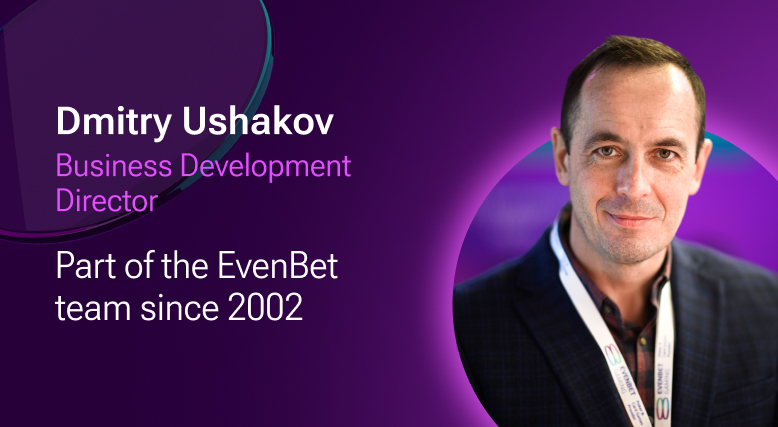
Since the development timeline had stretched far beyond the original plan, and the budget was just $4,000, our first iGaming project didn’t bring in any profit. What we gained instead was a great story to tell, the satisfaction of solving an interesting challenge, and — most importantly — the technical expertise to build online poker software. That knowledge didn’t stay buried in our archives for long.
Jeremy Groves recalls what happened next:
At the time, poker was experiencing a massive surge in popularity in the US, thanks in large part to Chris Moneymaker’s legendary victory at the World Series of Poker and the extensive television coverage it received. This boom created an enormous opportunity. As more requests for poker software started coming in, we refined our technology and slowly shaped what would later become EvenBet Gaming’s flagship product.
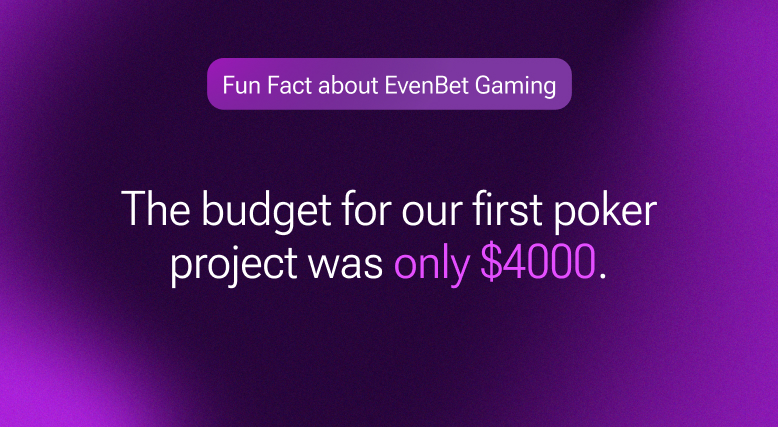
Crisis as a Turning Point
In 2008, the global financial crisis hit, cutting off the flow of visionary customers willing to invest in experimental projects to take over the world. That was when we realised that our feeling of invincibility — the belief that nothing could stop us — had been an illusion. The business began to shrink rapidly.
I knew we had to come up with something fast to save the company. Restoring the steady stream of customer projects that had sustained us for years was no longer an option. Instead, we had to focus on developing our own products. I called an emergency crisis meeting, and together we revisited our past projects, searching for something we could bet on. Among the most promising was our online poker software.
One of the key factors that set us apart from competitors was our willingness to offer customisation. Many companies in the industry provided off-the-shelf solutions, but we worked closely with customers to develop features that made their platforms unique. This approach not only attracted customers but also helped us continuously improve our product by integrating these custom features into our core offering.
Poker took its place among our key offerings, and more and more customers started approaching us for it. At that point, however, we still didn’t see it as our flagship product. Apart from a few sporadic marketing efforts, we weren’t actively promoting it.
The Evolution of Our Technology
In product development, staying at the cutting edge of technology is a constant challenge. You can’t just rebuild your software from scratch every time a new trendy framework emerges. To remain relevant without becoming obsolete, you need careful planning, strong development management, and a deep understanding of how to integrate new technologies effectively. The work our technical team has done over the years to achieve this has been nothing short of remarkable.
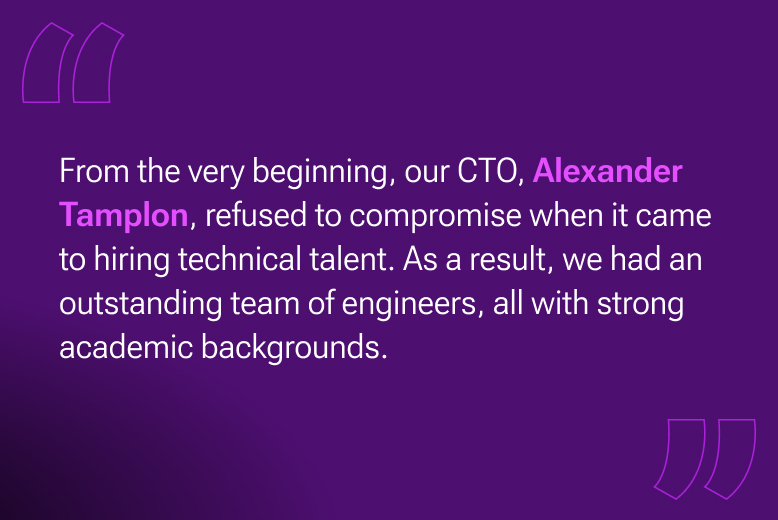
If you were to play the poker software we offered in the early days, you wouldn’t recognise it. There is little resemblance between our first product and what we have today — both in terms of appearance and functionality. Yet, some technological roots can still be traced back to 2004. For example, our server-side code is still written in C++, though it’s highly unlikely that a single line from those early days remains. The product has evolved continuously for two decades, adapting to the needs of players and operators alike.
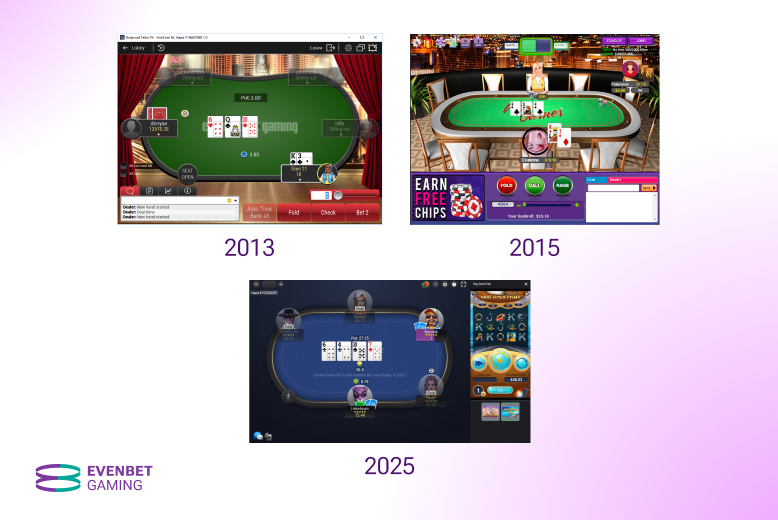
In the beginning, managing a poker room required two separate applications: a main desktop application for room management and a web-based admin panel for reports. In the early 2010s, we overhauled the admin panel, consolidating all management tools into a single platform — making life much easier for operators.
Initially, the poker client was available only as a Windows desktop application. By the late 2010s, we rebuilt it entirely on modern frameworks, significantly enhancing its capabilities and making custom design implementation faster and more flexible for operators. We also expanded our offering to include a macOS version, mobile apps for iOS and Android, and a web-based client — fully embracing omnichannel accessibility.
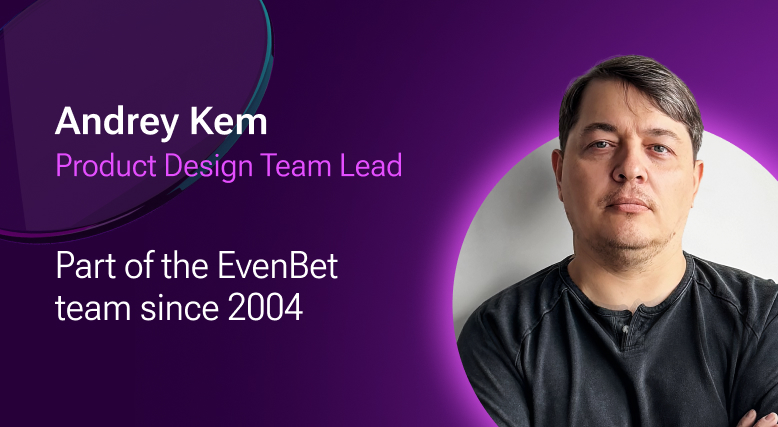
Andrey Kem, Product Design Team Lead, recalls:
Our mobile app, like many of our developments, started at the request of a customer. They provided five pre-designed screens. But by ‘designed,’ I mean they were just static images — no button states, no interaction details, nothing. They were basically reference visuals created in Photoshop. So, we had to refine the design, expand it, and turn it into a full-fledged product.
By the way, back in the 2000s, design work was primarily done in Photoshop. Around 2013, we transitioned to Illustrator and vector graphics, which allowed us to integrate vector elements into our code. This made the software much lighter and significantly less resource-intensive.
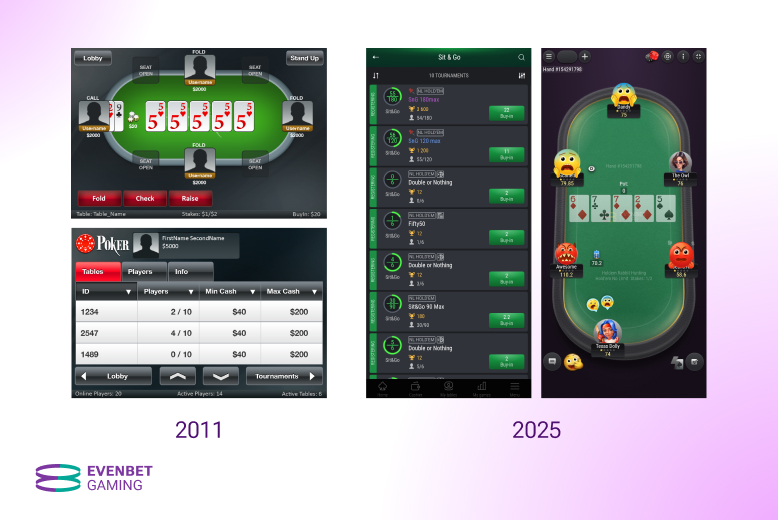
Functionality Growth
The evolution of our poker software’s features could fill an entire book.
Antonina Tolkushkina, Product Manager:
When I joined the company in 2010, the product had already grown significantly, packed with useful features. We had multi-tabling and various UI themes — features that seem basic today but were quite advanced back then. Now, I’ve lost count of how many features we offer. We definitely surpassed 100 a long time ago, and we release new ones practically every month.
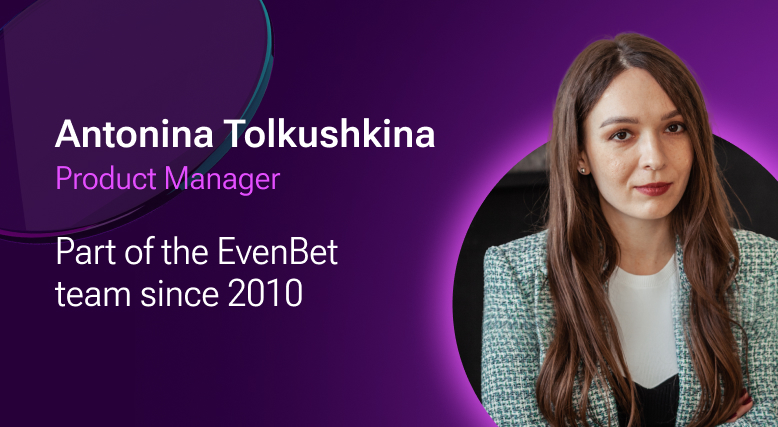
In the early days, our game selection was as straightforward as it gets: Texas Hold’em, Omaha, and Stud. Then, a US-based customer approached us, impressed by our product but needing a full set of draw poker games. So, we started developing and adding them to our portfolio. Soon, we introduced Badugi and Badeucy, followed by Chinese Poker and mixed games. Eventually, we even implemented highly niche variants like Telesina and Turkish Poker.
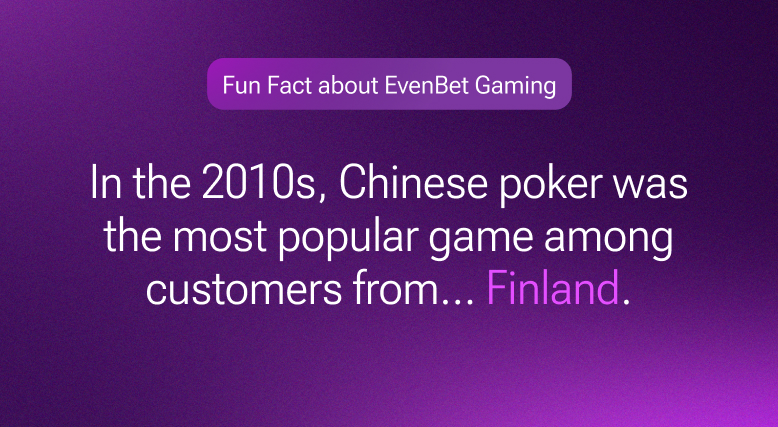
With the introduction of our Game Constructor — a tool that allows operators to create their own unique poker variations with custom rules — keeping track of the number of poker formats we support has become nearly impossible. We now offer any poker game an operator can imagine.
Of course, product development is always shaped by the market. And the iGaming market has never been one to stand still.
Black Friday and the Rise of Social Poker
The poker industry in the US was soon shaken by a major regulatory shift. In 2006, the Unlawful Internet Gambling Enforcement Act (UIGEA) was introduced, making it illegal for banks to process transactions related to online gambling. This led to increasing restrictions over the following years and culminated in 2011 with what became known as Black Friday — a criminal case against the largest online poker operators, forcing many of them out of the US market. Since the US was a key market for us, this was a significant blow.
Technically, online poker itself wasn’t banned — the issue lay in handling real-money transactions. One potential way forward was to explore social poker, which didn’t involve real-money play. At the time, the most viable technology for this was Flash-based poker clients for social networks.
Antonina Tolkushkina:
One of the most fascinating aspects of social poker was how much players loved betting astronomical amounts of virtual chips. Billion-dollar stakes quickly became commonplace, and before long, even that wasn’t enough. Customers kept requesting higher and higher numerical displays. It reached a point where the sums of in-game currency some players were holding exceeded the maximum values our database could store. Eventually, we decided it wasn’t worth actually calculating these enormous figures — instead, we simply added extra zeros to the design in the client interface.
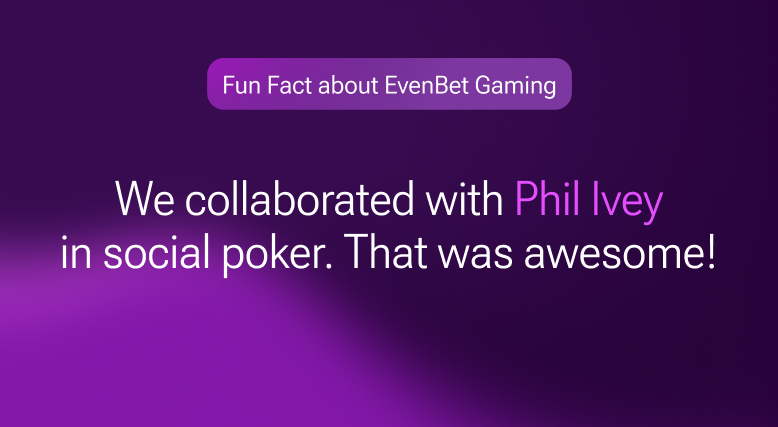
Jeremy Groves:
One of the most significant milestones in our journey was working with Phil Ivey, one of the most renowned poker players in the world. He approached us with an idea for the Ivey Poker League, a social poker platform integrated into Facebook. At the time, Zynga Poker was immensely popular, and Ivey’s vision was to create a similar social experience with a stronger focus on training and community engagement. The project was highly professional, with a well-structured team, and working on it provided invaluable experience in handling high-profile customers.
The success of Zynga Poker had caught everyone’s attention, and soon, we were involved in multiple social poker projects beyond our collaboration with Phil Ivey. These platforms allowed users to add friends, unlock achievements, send virtual gifts, and engage in friendly competition. Monetisation was intended to come from chip purchases, premium gifts, and other in-game transactions.
However, as social networks began phasing out Flash support, the demand for our Flash-based client plummeted. Meanwhile, we were already working on a new HTML5 poker client, but it was designed for traditional real-money poker rooms. Transitioning social poker to a new technology stack would have required significant investment, and after evaluating the market, we didn’t see enough long-term potential to justify the effort. Instead, we made the strategic decision to discontinue support for social poker and focus our resources elsewhere.
While we had performed well in the social poker sector, we never achieved groundbreaking success. In many ways, no one truly managed to dethrone Zynga in this space. Nevertheless, social poker provided us with valuable experience, and we can confidently say that some of our projects left a mark on this niche within the industry.
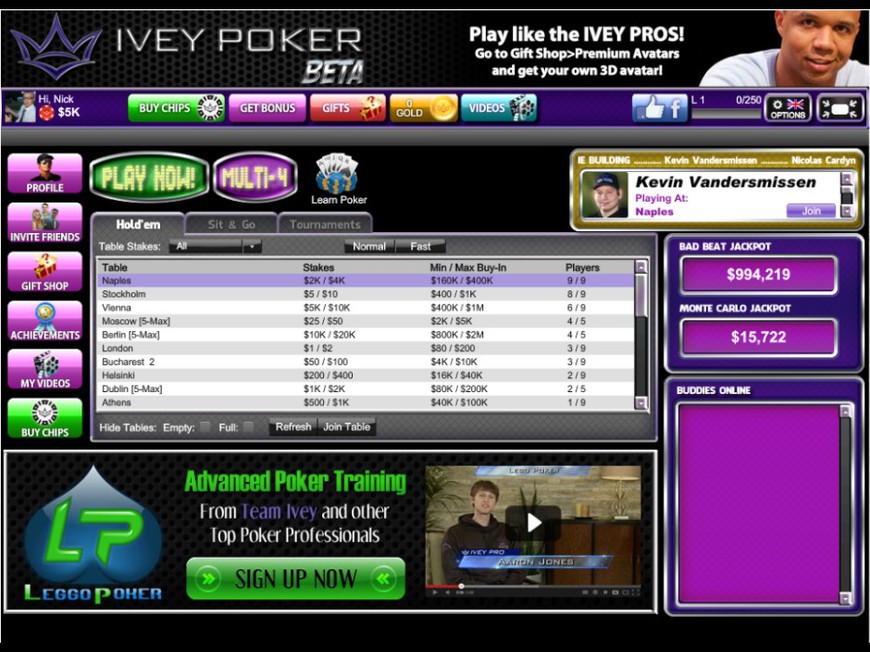
But it was time to move forward. And just as we were wrapping up our social poker chapter, something monumental was beginning to unfold in the world of traditional online poker.
The Birth of EvenBet Gaming
Until the mid-2010s, we had little exposure to the iGaming market because we had never actively promoted ourselves within it. Poker was just one of our products, and nearly all poker-related orders came to us passively — customers found us on their own. However, as we continued searching for growth opportunities, we realised that our poker software was highly effective from a business perspective. This made us take a closer look at the vertical.
In 2015, I attended several iGaming exhibitions. I still remember how many industry insiders told me that poker had no future. They claimed the market was stagnating, the audience was too niche, and their needs were already fully met.
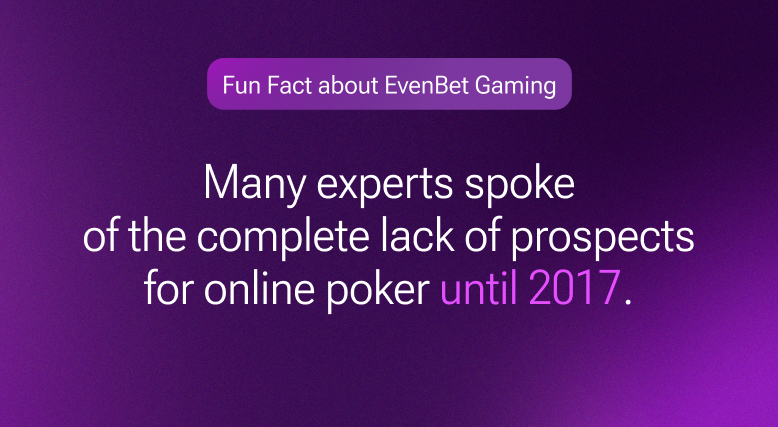
To some extent, their arguments made sense. In Europe, poker had remained unchanged since the late 2000s. The primary audience consisted of poker geeks — players who spent hours grinding through long tournaments. Software providers catered to this specific demographic, and no one was really innovating.
But looking at it with fresh eyes, we saw a different reality. Poker could grow if it evolved. And not just for the next couple of years — but for decades to come. We also noticed early signs of change in the market.
When I examined the poker software offered by other developers, I saw that our product was already highly competitive in terms of quality. We needed to seize this opportunity as quickly as possible.
And so, in 2015, EvenBet Gaming was born. We created a brand name, then developed our corporate identity, and made a strategic decision — poker would become our top priority. From that moment on, we no longer saw ourselves as just an IT company. Instead, we positioned ourselves as a software developer and provider for iGaming.
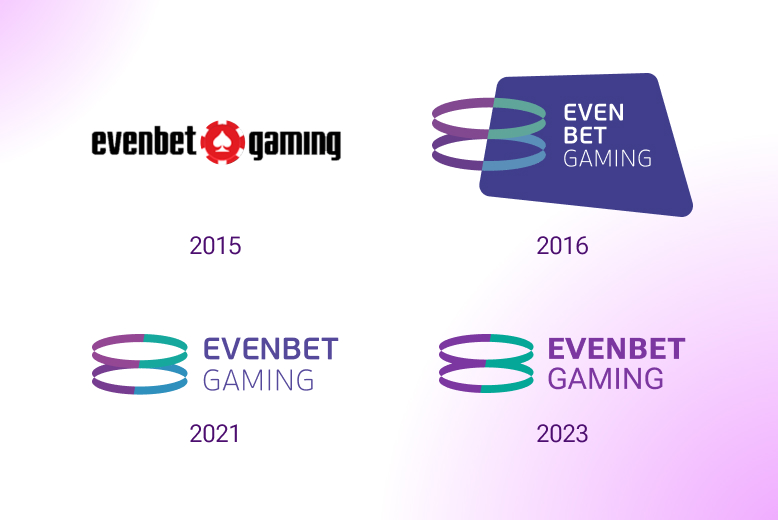
Ekaterina Giganova, Head of Marketing Communications:
Before EvenBet, our poker-related marketing efforts were sporadic. Most of our focus was on promoting the company as a whole, which was working on multiple projects. But with EvenBet, we developed a systematic marketing strategy for the iGaming sector for the first time.
Just four months after the brand’s launch, we debuted at ICE 2016. Before the event, we had to set up the entire brand infrastructure — create a website, launch social media channels, prepare marketing materials. For those four months, we were working non-stop. It was intense, but we were building something completely new, and we all believed it had an incredible future. …And it was fun!
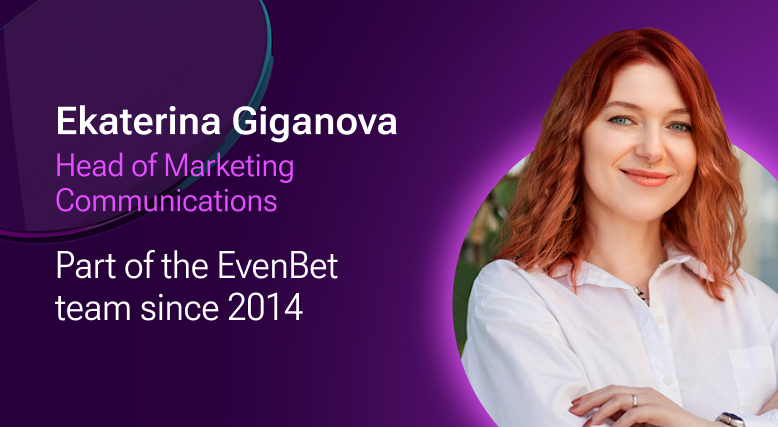
Expanding Our Presence
From the very beginning, we focused on event participation. In the first two to three years, we attended all the major industry events: SBC, SiGMA, ICE, and more. Jeremy started travelling to G2E in Las Vegas. Sometimes we had our own exhibition stand, other times we attended just to ensure our brand became recognised in the industry.
We also launched regular PR campaigns, releasing product updates at least once a month.
EvenBet was a new name in the industry, but we were already experienced in software development, marketing, and business in general. Our efforts paid off — our brand gained recognition, and orders started coming in. At first, they were mostly from small poker rooms and startups, but over time, larger companies began to take interest.
In the late 2010s, the perception of poker in Europe started changing rapidly.
- Poker was no longer seen purely as a professional sport.
- More players began to view it as a fun intellectual game.
- Poker rooms introduced features designed for casual players, making the game more accessible and engaging.
The mass-market appeal of poker was growing, and we were among those to recognise this shift. At the right moment, we had the right solutions to meet the industry’s evolving needs. The market responded enthusiastically, and we started securing new projects in Europe.
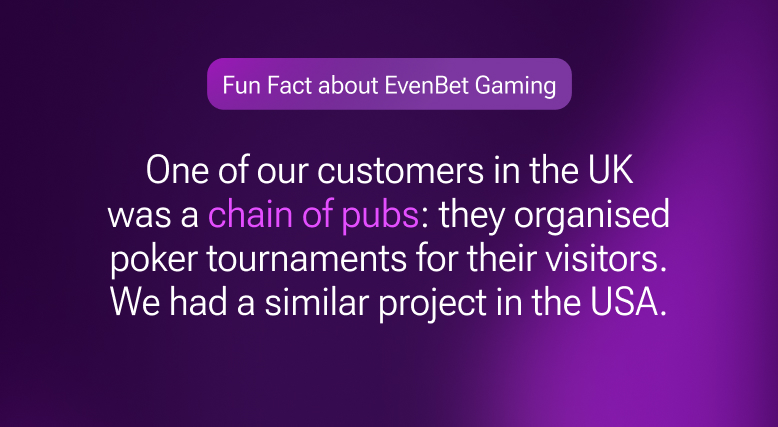
Around the same time, the iGaming industry turned its attention to Asia. All signs pointed to an upcoming poker boom in the region. Naturally, we couldn’t ignore this opportunity — we focused our efforts on expanding into Asia.
And that’s when things really started to get interesting.
Journey into Asia
The opening of the Asian market brought the rise of club-based poker, a niche that we were eager to enter. We developed our own version of poker clubs, but unfortunately, it didn’t deliver the results we had hoped for. Unlike other verticals we had successfully navigated, we lacked previous customers in this niche and relied heavily on intuition, which, in this case, led us astray.
Dmitry Ushakov:
Looking back, I can confidently say that our club poker product was the best in the market in terms of gameplay, UX/UI, and platform stability. However, we misunderstood the true needs of operators in this niche, particularly when it came to business tools like financial management. Our competitors had a better grasp of what was required in this area, which put us at a disadvantage.
We learned from our mistakes and later successfully relaunched our club poker solution, aiming to lead the market. But back then, our biggest success didn’t come from club poker — it came from something else entirely.
Poker was not a traditional game in any Asian country, which meant that our core audience was a niche group of enthusiasts. But how could we attract a broader audience?
Searching for the answer we introduced our first non-poker game. It was Rummy — one of the most popular card games in India, played in nearly every household.
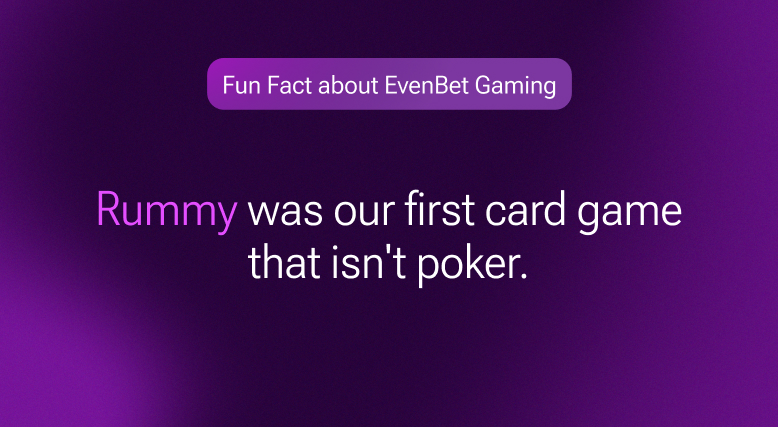
Once we launched an online version of Rummy, based on our software, we saw an immediate spike in interest from Indian operators. We quickly secured major customers in the region, and our reputation skyrocketed. This strategic move brought us enormous success and helped solidify our presence in Asia.
In 2020, the COVID-19 pandemic put the world into lockdown. Cinemas, entertainment centres, and casinos were shut down. People were stuck at home with limited entertainment options. The demand for online gaming surged as players searched for digital versions of their favourite games. This global shift multiplied demand for our product, and by the end of 2020, we had doubled the number of active projects on our platform.
Expanding Across the Globe
Back in 2018, we turned our attention to Latin America — a market that was completely uncharted territory for us. After several business trips to different countries, we realised that the potential was not just big — it was massive. However, we also learned that doing business there required a completely different approach than in Europe or the US.
We initially partnered with iGaming experts with some LatAm experience, but this didn’t bring the desired results. That’s when we understood that we needed a local representative who truly understood the market. This led to our collaboration with Manuel Jiménez, who became our permanent representative in Latin America. Without his expertise, navigating this region would have been a much greater challenge.
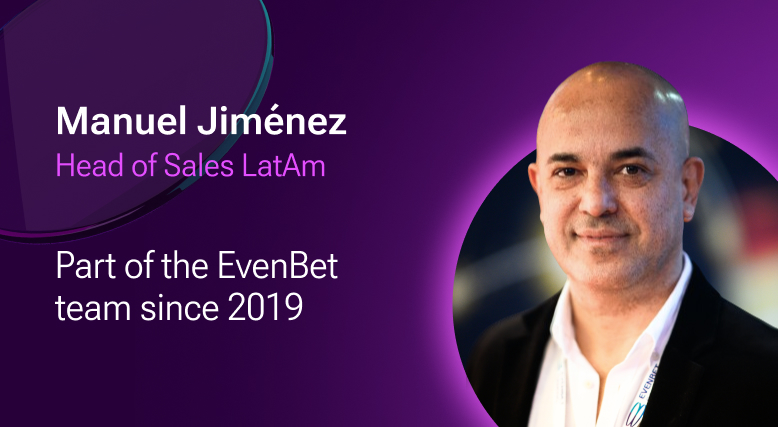
By the time we expanded into Southeast Asia, we had already learned from our Latin American experience. This time, we immediately brought in a local expert, hiring Paula Cruz from the Philippines as our regional representative.
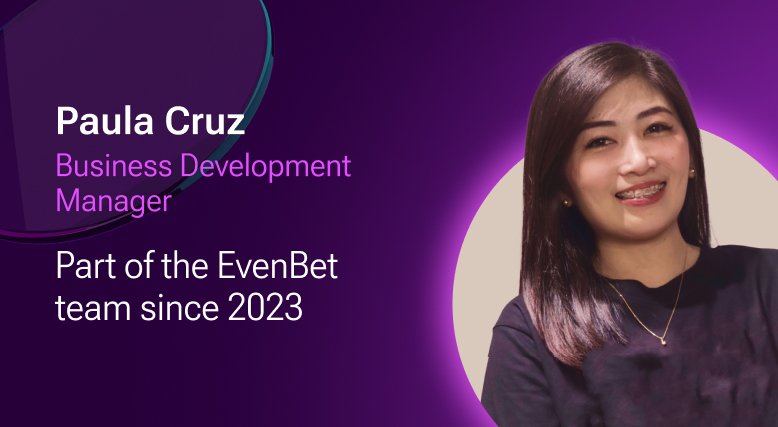
With this new approach, we improved our understanding of how to enter new markets effectively, build relationships with local partners, and adapt to region-specific needs.
We also greatly enhanced our localisation capabilities, making our platform adaptable to various languages and cultural preferences. Our portfolio grew with the addition of traditional games that were highly popular in specific countries, such as Call Break, Teen Patti, Okey, Big2, etc. This helped us establish a presence in every region where gaming was thriving.

Most recently, we launched our first projects in Africa. Meanwhile, we had already been working with partners in Australia for years. This means that our product is now used on every inhabited continent.
We wanted to create something that would take the world by storm — and we did.
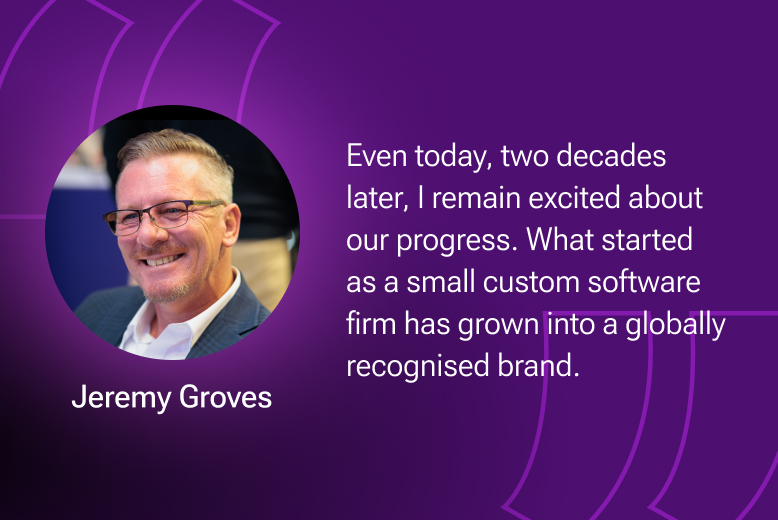
Adapting to the Future
The iGaming industry is constantly evolving, and so is our business. We’ve successfully navigated major shifts, including the rise of social casinos, the integration of cryptocurrencies, the emergence of Web3, and metaverse gaming.
Our ability to stay ahead of trends has kept us competitive. For example, we introduced side games, allowing poker players to enjoy additional gaming experiences during long tournaments — boosting operator revenue in the process.
In recent years, online gaming has undergone yet another transformation. Previously, poker, sportsbooks, and casino games operated separately. But today, these verticals are being seamlessly integrated into comprehensive gaming platforms.
This shift has driven major technological advancements, including improved player segmentation mechanisms, enhanced security measures, better compliance tools for KYC and AML regulations.
And we are fully prepared to lead the industry into this new era of gaming.
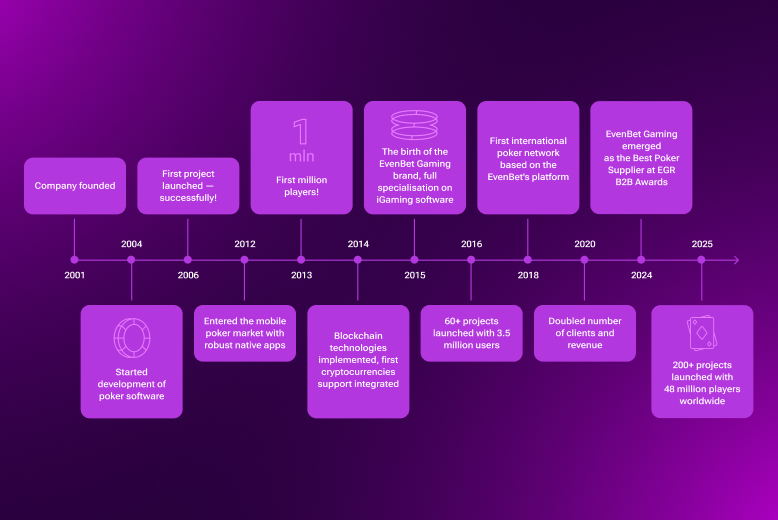
What’s Next?
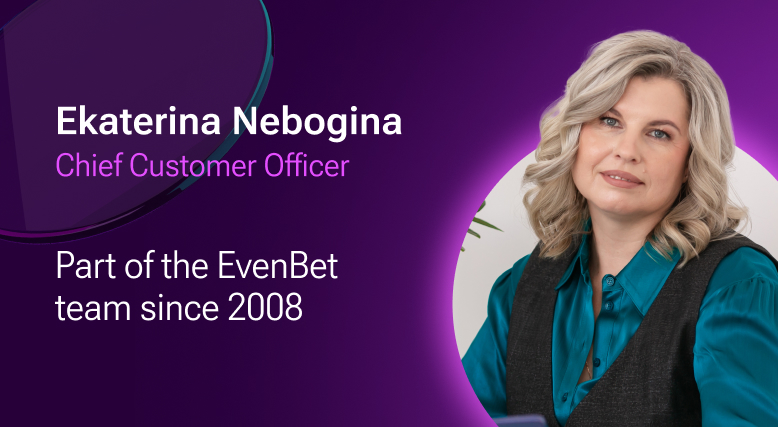
It’s hard to believe that in 2004, due to our inexperience, we accidentally ventured into the development of online poker, and after 20 years, we won the EGR B2B Award as Best Poker Supplier.
What does a 20-year anniversary in iGaming mean for us? First and foremost, it’s a great reason to thank everyone who has been on this journey with us. Some were with us for only a short time, but they too contributed to the success we have today. So, I want to express my gratitude to everyone who has ever worked with us or collaborated on joint projects.
A special thank you, of course, to those who have been part of our team for decades. It’s hard to imagine EvenBet without these people, and without some of them, it has never existed at all because we started it together.
But at the end of the day, 20 years is just a number. It’s a beautiful, round, and significant number, but it still doesn’t give even the slightest hint that we’re nearing the finish line. There’s still a long journey ahead and plenty of work to do.
Our business is maturing even more now. We are expanding geographically, with an increasing number of countries where we have a presence. The number of people in our team is growing rapidly. We’re dealing with larger, more complex projects. Along with this, there are tectonic shifts within our company, as we’re enhancing the efficiency of our internal processes and communications.
From an external activity perspective, we will undoubtedly continue the work already underway to maintain strong industry connections. However, our focus is increasingly shifting towards hosting our own events and projects to create content, aimed at building solid relationships and bringing as much benefit as possible to our partners. And that’s just part of what we’re doing, in line with the company’s current objectives.
In recent years, our relationship with customers has undergone a significant transformation. We’re calling them customers less and less, and partners more and more. The truth is, we’ve long since evolved from a simple software provider into a full-fledged partner, ready and eager to engage in the development of our joint projects, increasing their efficiency. The continued evolution of our relationships with partners is focused on establishing more productive connections, clearer communication, and a mutual understanding of how EvenBet Gaming can support the growth of their projects.
EvenBet is no longer just software; we’re now also a service that ensures the smooth and efficient operation of our partners’ poker businesses. We’re confident that this is yet another growth milestone that will lead to even more success and take us to the next level.

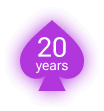

 Upd: 24 September 2025
Upd: 24 September 2025 






